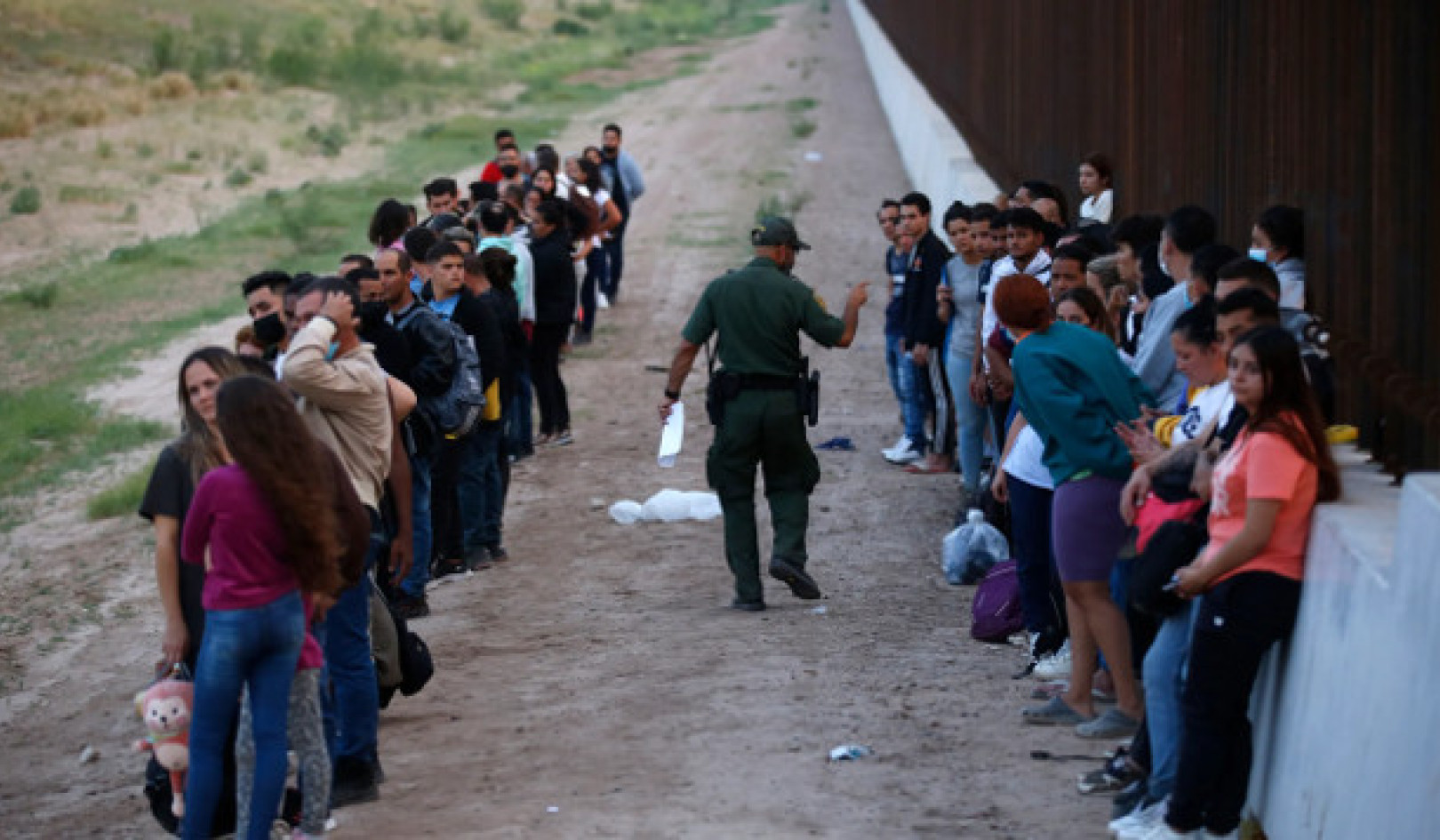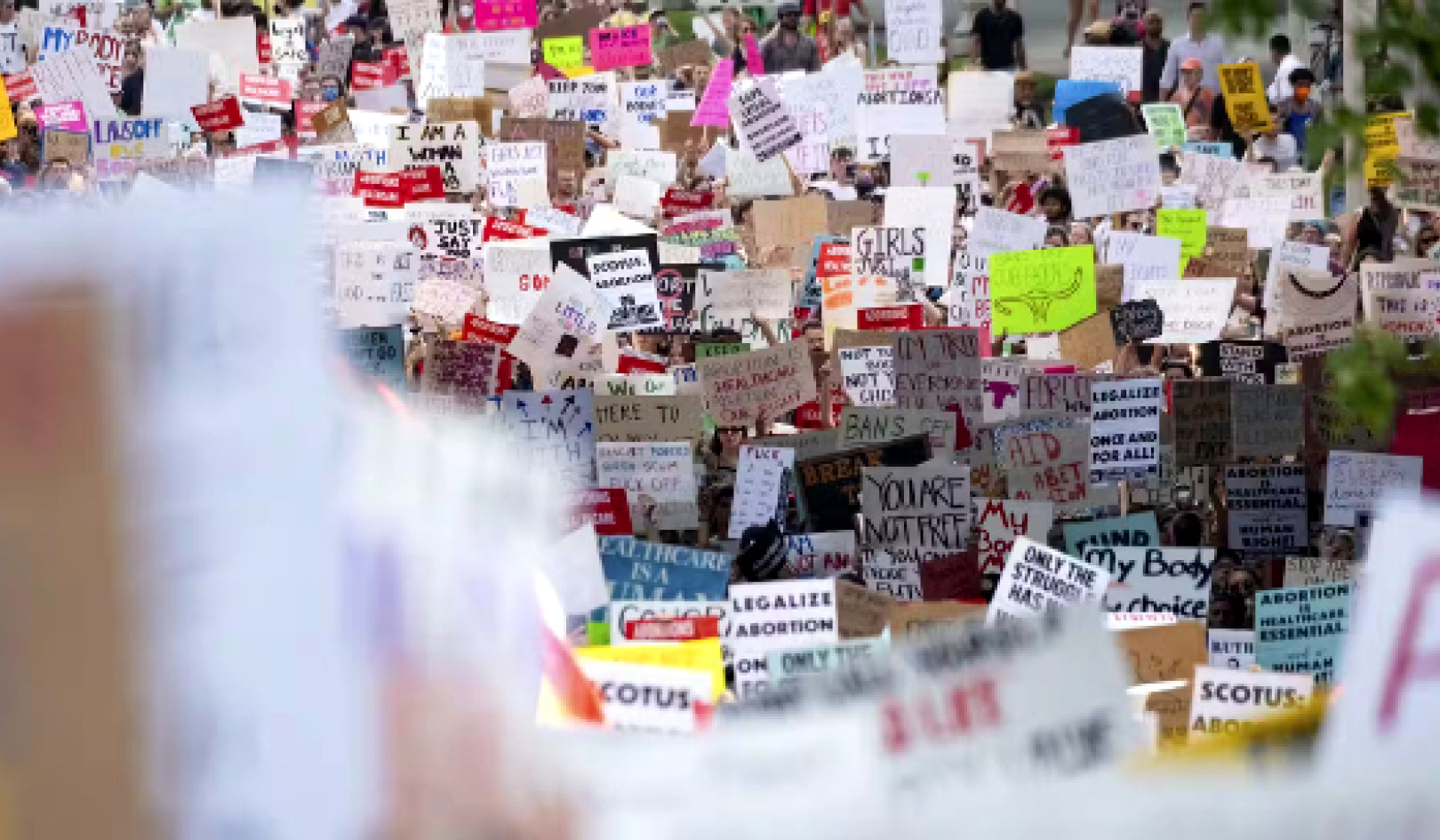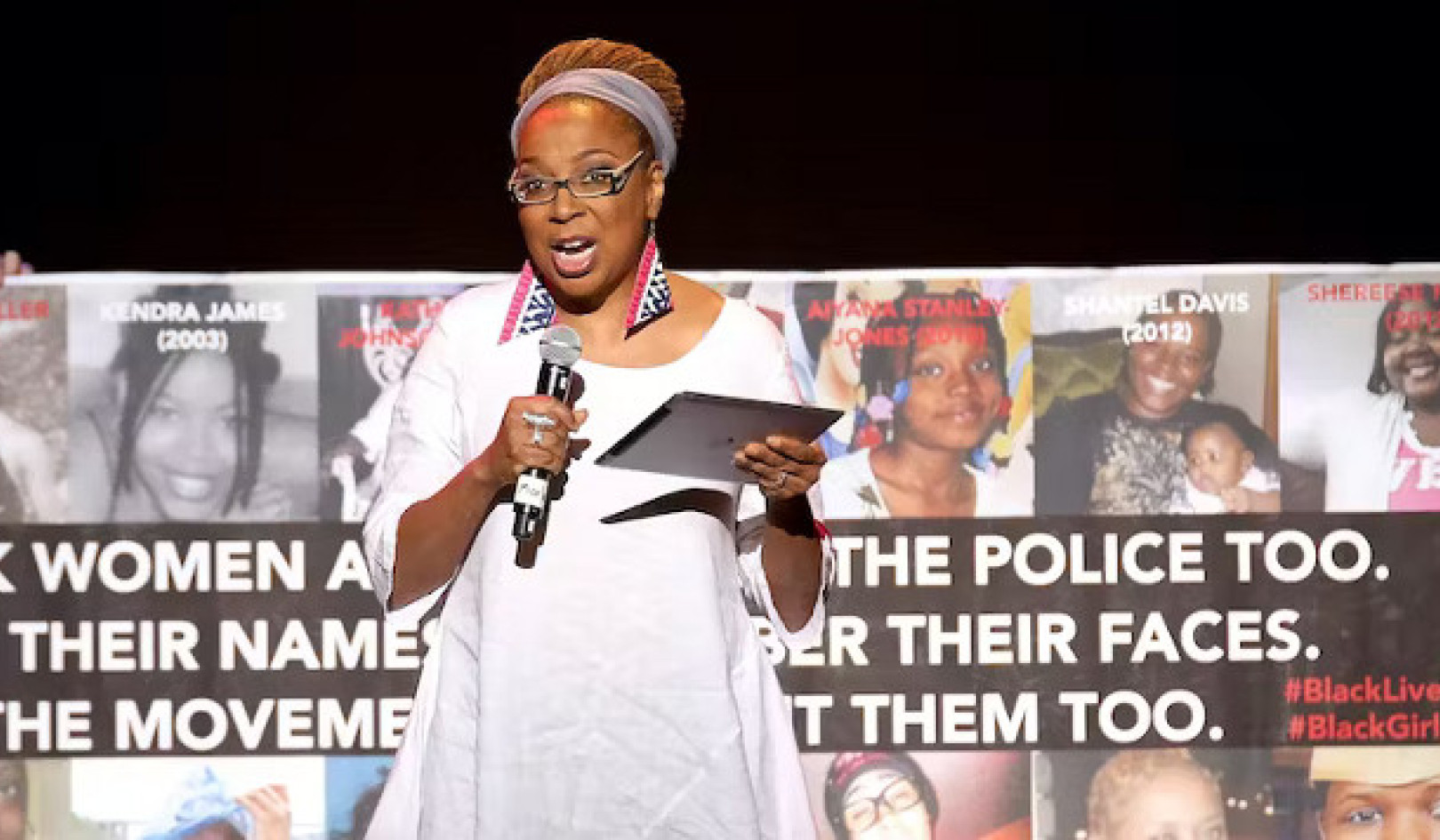
This week on the presidential campaign trail, Donald Trump took a big step out of traditional Republican territory to propose a federal solution to the high cost of child care. His plan suggests utilizing the tax code to give a break to working parents with young kids.
Introducing her father at a community center outside Philadelphia, Ivanka Trump characterized America’s current child care system as “too expensive, too outdated and too inaccessible.”
Later in the week, Ivanka Trump criticized Democratic candidate Hillary Clinton for not taking action to address this problem during her decades of public service.
Sidelined with pneumonia for much of the week, Clinton said little to defend herself. However, her website offers detailed policy positions on early childhood education and includes a promise to fight for 12 weeks of paid family leave – which doubles Trump’s proposal and would apply to both fathers and mothers.
Struggling to make sense of the candidates' proposals? Wondering why American child care looks the way it does? These articles from The Conversation’s archive will help bring you up to speed.
A patchy history
Corey Shdaimah of the University of Maryland and Elizabeth Palley of Adelphi University recently wrote this history of child care policy in the U.S. The first government funded child care was created during World War II, the scholars point out, with the country spending US$52 million to subsidize full-day child care to help support women working in the nation’s factories. But this program ended when the war did.
Reform efforts have made some progress in the decades since, but Shdaimah and Palley still see the American system as lacking:
“The U.S. is one of the few economically developed nations with a patchwork of care that fails to address the ongoing needs of families with children. Despite the fact that a majority of U.S. parents are in the paid labor force, there is a dearth of affordable quality child care.”
The authors also see reasons to feel hopeful this election cycle:
“The current interest in child care demonstrated by both major presidential candidates could provide a rare opportunity for bipartisan agreement.”
What about dads?
But what is driving the candidates' interest in child care? Some pundits suggested that Trump’s focus is an attempt to bolster his sagging support among women – recently hovering at just 34 percent.
But Gayle Kaufman of Davidson College dismisses the idea that child care is important to women only. Writing about the findings in the first State of America’s Fathers report, Kaufman points out that “fathers are parents, too.”
Dads “are also having difficulties successfully combining work and family,” Kaufman writes, concluding with a call for “paid, non-transferable, job-protected leave.”
Driving growth
Giving parents the ability to write off child care may have impacts beyond family finances.
In a piece for our business desk, Sarah Thebaud of University of California, Santa Barbara presents original research suggesting a surprising economic upside to providing better child care – it may provide a boost to the economy by encouraging female entrepreneurship. Thebaud writes:
“when women have access to policies like paid leave or subsidized childcare, their odds of starting a venture oriented toward economic growth and job creation are higher. When they don’t, their odds are lower.”
Paid leave may be good for the economy, but could help affording better child care make America’s parents happier?
Matthew Johnson of SUNY tells us research shows that kids kill romance – but that’s one problem that politicians are unlikely to be able to solve.
About The Author
Emily Costello, Senior Editor, Politics + Society, The Conversation
This article was originally published on The Conversation. Read the original article.
Related Books
at InnerSelf Market and Amazon

























